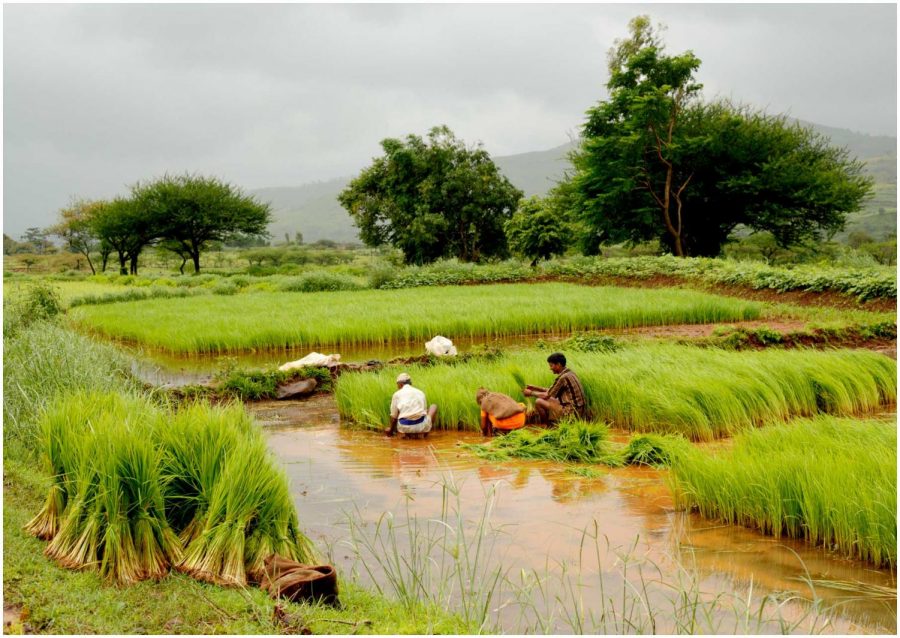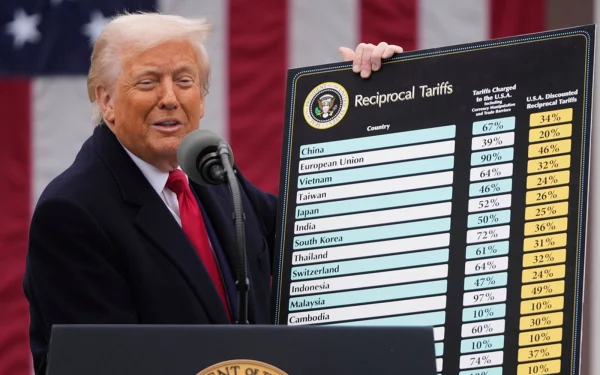Farming Frustrations in Indian Agriculture
Courtesy of Ramnath Bhat via Wiki Commons. Farmers in India are often overworked and under the strain of poverty.
In the subcontinent of India, fifty-two percent of the population are farmers. Because of mass implementation of seeds by corporations such as Monsanto, there have been several crop failures that have taken a hit on the domestic economy, and as a result, farmer suicides have soared. There are a few factors contributing to the sprouting of suicide in the working class.
The first influence is debt, which has become a more prevalent issue with the general rise in production costs for farmers. In 1998, the World Bank regulations were altered to require India’s seed sector to utilize seeds from commercial agriculture companies. These new seeds require expensive pesticides and fertilizers that create additional costs. Furthermore, due to genetic modifications, the seeds cannot self-reproduce, so farmers are forced to re-purchase seeds every harvest season. These extraneous costs are extremely taxing on the majority of India’s impoverished farmers.
Corporate seeds have other drawbacks, including monoculture. In the past, Indian farmers planted a variety of legumes, seeds, and millets, which resulted in nutrient-rich soil. Because new corporate regulations demand that only cotton should be planted year round, the soil eventually becomes infertile. Acres of empty and worthless land cause crop failures and shortages, which lead to decreased income for farmers and even less money circulating in the economy to satisfy rising prices.
The option of suicide is common under extreme poverty, where debts rise and become a harbinger of starvation and homelessness. The inability to sustain oneself, let alone a family, serves as a driving justification for taking one’s life. At its worst, farmer suicide reached ten deaths per day, and according to The Huffington Post, there have been 200,000 suicides since 1997. Changing free trade policies have also added to the farmer suicide epidemic.
Resolutions for the poverty and mass suicides vary, and one effort involved a five day march in Mumbai to raise awareness for the situation and amass sympathy. The protesters’ demands included a dismissal of loans and electricity bills and the creation of stable pension plans for farmers.
Currently, a six-member cabinet has been constructed to deliberate possible solutions and means of satisfying the farmers. Already, the protesters have earned the acknowledgment of congressman Aaditya Thackeray, who announced publicly on behalf of his colleagues, “We will not only support from the outside, but if needed, will participate in the protest.”
The general public was also involved, providing barefoot protesters with shoes and food for those who would accept it. In an interview with The Times of India, local citizen Nita Karnik revealed, “We were shocked to see the farmers walk barefoot on the highway. Some of us removed our footwear and offered it to the women, while others decided to donate shoes the following day.” The protest is powered by the All India Kisan Sabha, an extension of the left associated communist party in India. The organization is determined to successfully achieve change for farming production and has now accomplished a written agreement to be discussed in the Government Assembly.
The AIKS claims that its members have been overlooked by the government in the past, and they assert that a change in power is necessary for the resurrection of agriculture. Ashok Dhawale, the AIKS president, explains, “The BJP government in Maharashtra had earlier backtracked on the promises on two occasions. However, it had to change due to huge participation of farmers and tribals and the support they received from every quarter.”
Another less radical approach was created by Navdanya, a non-government biodiversity organization. The organization created the Seeds of Hope project, which advocates for organic farming, fair prices for products, and the expulsion of corporate seeds.
The goal is to see a reduction in the number of farmer suicides in the future and to hopefully find a more permanent solution.






